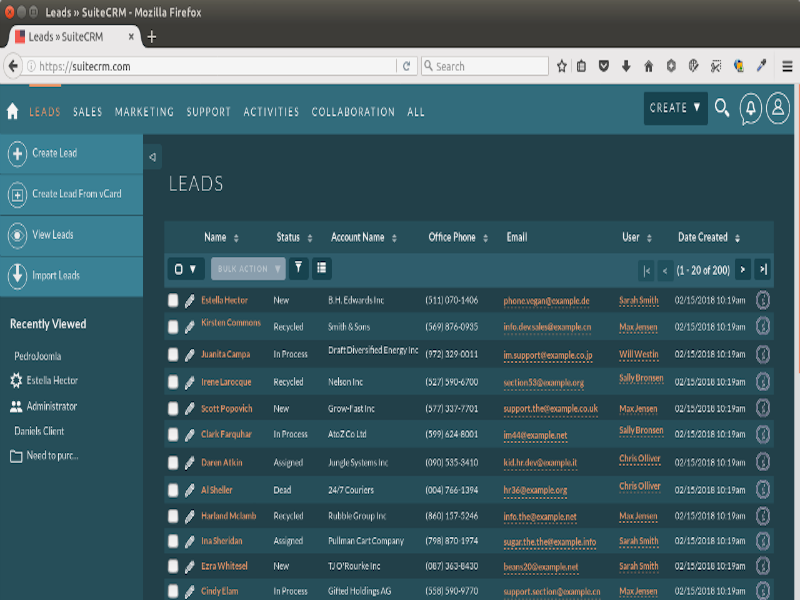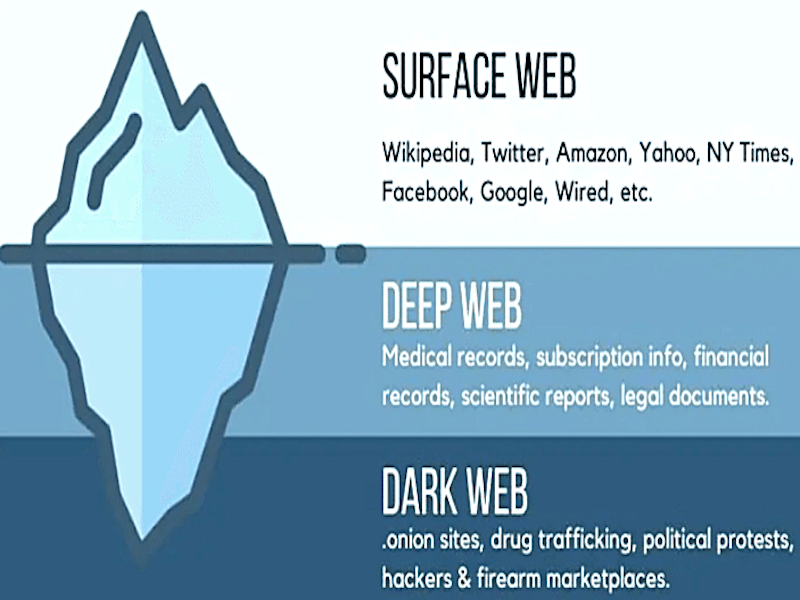
Fractional Delivery Management for a Digital Uplift
Sector: Professional Services
Service: Fractional Delivery Management
Objective: Provide fractional Delivery Management (3 days per week) to align a portfolio of technology initiatives, strengthen governance, and embed sustainable delivery practices.
Continue reading “Fractional Delivery Management for a Digital Uplift”











 OR BELOW IF YOU PREVIOUSLY USED YOUR EMAIL ADDRESS TO REGISTER:
OR BELOW IF YOU PREVIOUSLY USED YOUR EMAIL ADDRESS TO REGISTER: